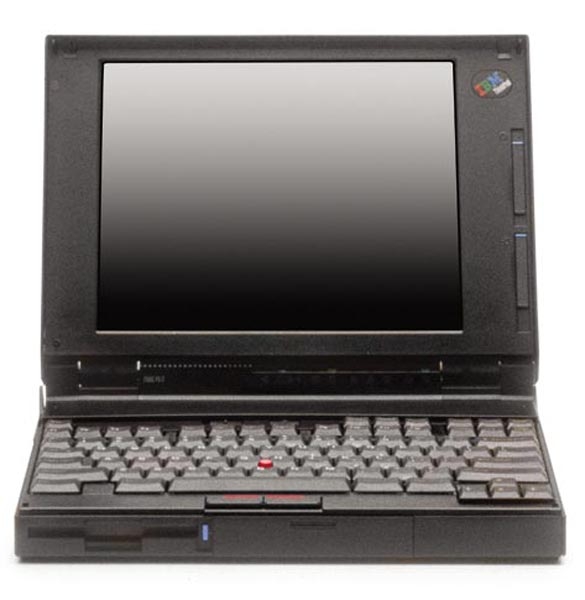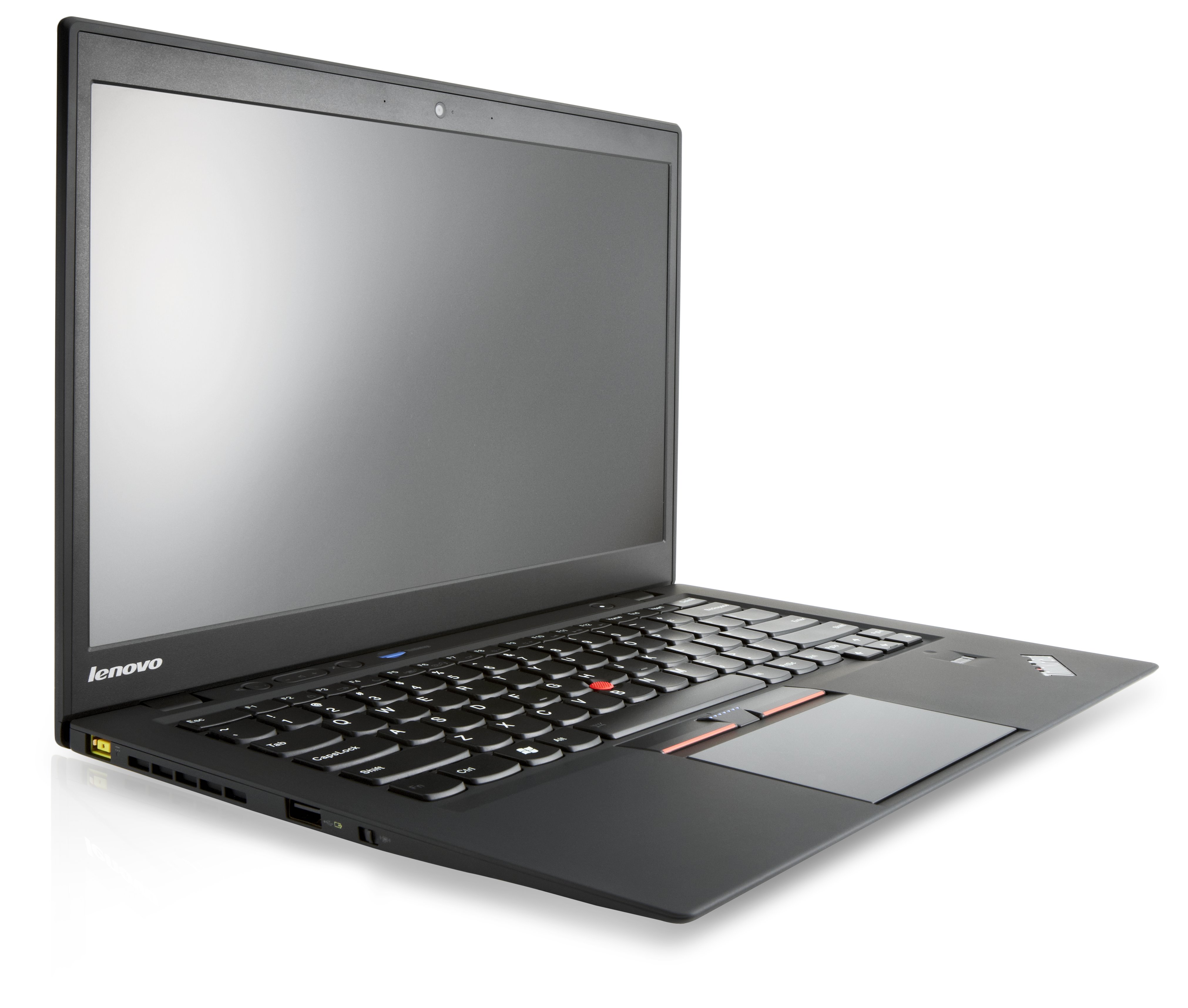Chinese multinational computer vendor Lenovo Group Ltd. is celebrating a company milestone – the shipment of the 100 millionth unit in its ThinkPad line of notebooks and tablets.
To mark the milestone, we’re taking a quick look back at the line and how far it has come in 23 years.
1992

The ThinkPad 700c
First created by IBM, the ThinkPad was not the International Business Machines Corporation’s first portable PC. However, since its introduction at a Las Vegas trade show, it quickly became a household name thanks to its bento box-inspired form factor, iconic mini red joystick in the centre of the keyboard, colour screen option, build quality and sturdiness.
At the time, the ThinkPad 700 series featured a 80486 SLC processor with a speed of 25 MHz, and its premium model, the 700c had a 120 MB hard drive with 4MB of memory all at a retail price of $4,350.
2015

The Lenovo ThinkPad X1 Carbon
Fast forward to today, it’s clear that Lenovo’s take on the brand has been very much about refinement and upgrades under the hood as opposed to complete revamps. While the brand’s new owners have spun it off into multiple lines to include tablets and 2-in-1’s, it’s kept the heritage look of the ThinkPad in its notebook offering.
One of the most recent ThinkPad lines, the X1 Carbon, was first introduced in 2012 and is marketed as the thinnest 14” ultrabook.
The most recent update to the line, released in January, features a carbon-fiber construction, a fifth generation Intel Core i7 processor, Windows 8.1, high-end models feature 14-inch WQHD (2560×1440) 10-point multitouch screen, up to 8GB DDR3 RAM, PCIe 512GB SSD, not to mention HDMI, and even 3G/4G options all at less than 2.9 pounds.
The ThinkPad has had many accolades over the years, from being adopted by NASA on its space shuttle Endeavor in 1993 to being the first laptop to be put on display at the Museum of Modern Art in New York. What does all this mean? If Lenovo’s hardware sales are any indication, the ThinkPad is in good hands.




